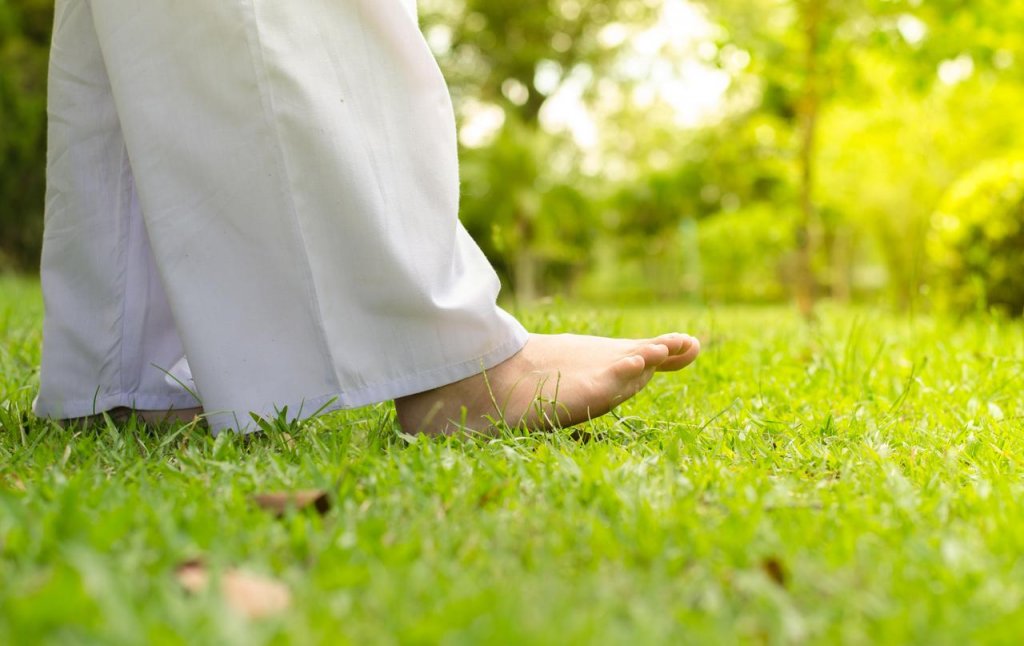If You Can Balance on One Leg, You'll Live Longer


Written and verified by the psychologist Valeria Sabater
Are you skilled at keeping your balance? Equilibrioception, unless it’s really bad, doesn’t usually attract our attention. However, the British Journal of Sports Medicine recently published a study that addressed this subject. The headline is quite controversial and could lead to misapprehension if you don’t spend a little time understanding what the study is all about.
The investigation concluded with the suggestion that the simple test of balancing on one leg for ten seconds should be applied in standard health examinations. It seems that whether or not people can do it affects their life expectancy.
There are many reasons for this that are well worth analyzing.
When they reach middle age, men and women should take the balance test.

The importance of being able to balance on one leg
This research work was both exhaustive and rigorous. Between 2009 and 2020, a team of scientists from the Clinimex Exercise Medicine clinic (Brazil) and the University of Bristol (UK) analyzed a group of 1,702 adults between the ages of 51 and 75.
Their objective was to identify a possible relationship between balance and life expectancy. If it was found to exist, they wanted to advance its understanding by identifying the variables that modulated the relationship. In these tests, patients were asked to balance on one leg. They had to hold that position for at least ten seconds.
It may sound surprisingly simple, but not all of the participants were able to do it. Moreover, as the years progressed, the exercise became even more complicated for them. The results were extremely clear as well as significant. Participants who were unable to complete the test were 84 percent more likely to die within the next ten years. This was often due to cardiovascular problems and strokes etc.
The findings indicate that whether an individual can stand on one leg for ten seconds is an extremely significant clinical test, which should be used frequently among middle-aged people.
From the age of 60, there are more problems in maintaining balance
The data showed that between the ages of 51 and 55, only five percent had balance problems. However, over the age of 60, about 37 percent had trouble standing on one leg for ten seconds. In their seventies, more than half had trouble completing the test.
This indicator correlates with health problems that usually appear in the sixth decade of life. It’s at that time that physical and cerebral decline begins at more significant levels. There are more bone injuries, more falls, muscle pain, difficulty working, the onset of dementia, weight gain, etc. All of this makes something as simple as balancing on one leg difficult.
What does the problem of maintaining balance have to do with life expectancy?
The inability to stand without support on one leg for ten seconds isn’t a health problem in itself, but an indicator of others. Indeed, the fact of not being able to do it may be due to latent diseases. These silent conditions that reduce longevity can be multiple and, as we mentioned earlier, they usually appear between the ages of 60 and 70.
As a rule, there may be several of the following dimensions (some more serious than others):
- Neurodegenerative diseases, such as dementia.
- Bone and muscle problems.
- Cardiovascular problems.
- Obesity.
- Metabolic disorders.
- Sleep problems or accumulated tiredness.
- Ear problems.
Failing to maintain balance for ten seconds on one leg is associated with an increased risk of death over the next ten years.

What can you do to improve your balance?
As we already mentioned, the ability to balance on one leg beyond the age of 60 suggests that the individual is in good general health. It means that their bones are still strong and that their endurance, coordination, and muscle strength are adequate. Also, a good part of their neurological processes are continuing to function optimally.
The results of this study don’t suggest that you should try and learn the balancing skills of a tightrope walker but you should certainly take care of your general health and ensure that your coordination, movements, resistance, flexibility, and breathing are adequate.
Whatever age you are, it doesn’t hurt to start practicing some sport. Going for a daily walk, practicing yoga, aerobic resistance exercises, and taking care of your weight are essential. As is keeping an active brain, getting enough sleep, not smoking, and addressing factors such as high blood pressure or cholesterol.
Also, you should have periodic medical check-ups and remember that having good balance can prolong your life. In fact, make sure you stay active in both body and mind.
All cited sources were thoroughly reviewed by our team to ensure their quality, reliability, currency, and validity. The bibliography of this article was considered reliable and of academic or scientific accuracy.
- Araujo CG, de Souza E Silva CG, Laukkanen JA, Fiatarone Singh M, Kunutsor S, Myers J, Franca JF, Castro CL. Successful 10-second one-legged stance performance predicts survival in middle-aged and older individuals. Br J Sports Med. 2022 Jun 21:bjsports-2021-105360. doi: 10.1136/bjsports-2021-105360. Epub ahead of print. PMID: 35728834.
This text is provided for informational purposes only and does not replace consultation with a professional. If in doubt, consult your specialist.








